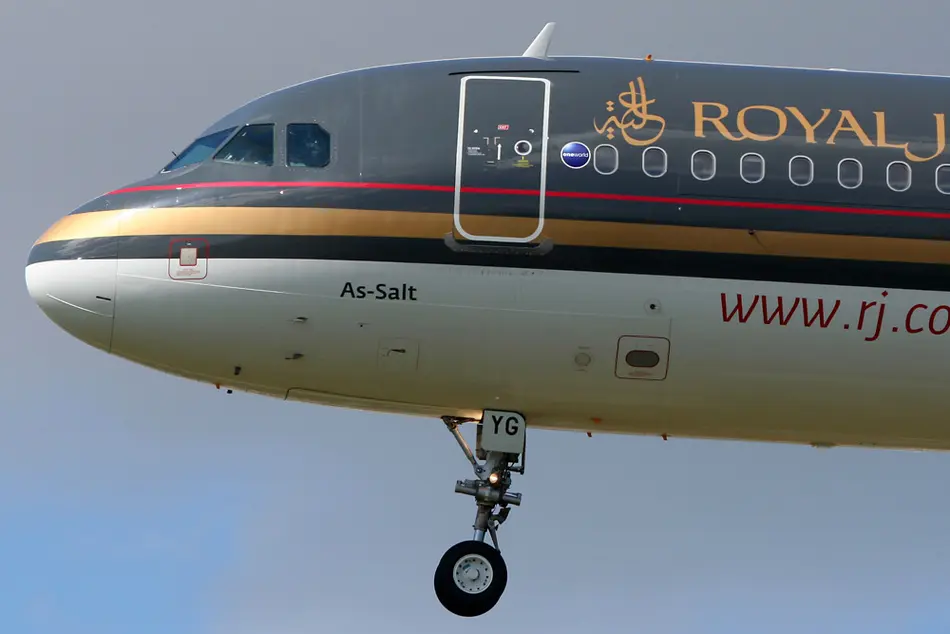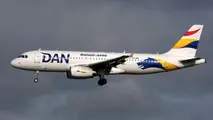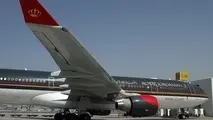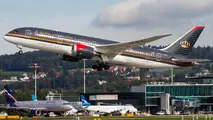Royal Jordanian Expands Side Businesses To Support Ongoing Turnaround
DUBAI—Royal Jordanian is developing its non-core activities to increase revenue streams and improve the company’s financial position, its chief commercial officer has said.

DUBAI—Royal Jordanian is developing its non-core activities to increase revenue streams and improve the company’s financial position, its chief commercial officer has said.
Speaking onboard one of the airline’s Embraer 195-E2s during the Dubai Airshow last week, Karim Makhlouf says that the flag carrier's strategy involves developing new facilities beside the core airline business.
Royal Jordanian has a 51% share with Dubai’s dnata in a joint catering company and has the Jordan Aviation Training Service, whose facilities, including a simulator, will be open to third-party training. “And we’re looking into other opportunities on the cargo and maintenance side,” Makhlouf adds.
These developments come as the Jordanian national carrier reports steadily improving financial figures, with its nine-month statistics showing a profit of JD32 million ($45 million) and a steady influx of new aircraft.
Four years ago, the airline had 25 aircraft, which Makhlouf says was sub-optimal. Deliveries of Boeing 787-9s, Airbus A320neos and E195-E2s, particularly over the last year, will have boosted that total to around 33 aircraft by the end of the year, and to 41 by 2028.
“I’m now working on the plan out to 2032 and we’re looking at 50 to 52 aircraft,” he says. However, this new figure had not yet been approved.
One of the new entrants to the fleet has been the E195-E2. The last of eight of the small narrowbody jets to come in have replaced four older E1 models—two E175s and two E195s.
Initially affected by the problems with the Pratt & Whitney geared turbofan (GTF) that have plagued so many airlines, the E2s are now showing a 99.7% dispatch reliability, Makhlouf says. It has been around nine months since the Embraer fleet had its last AOG incident.
However, this improved performance required innovative methods.
The E2s were until recently being used on an unusually long five-hour or five-and-a-half hour sectors from Amman to Amsterdam and Madrid, respectively. This was partly to cover unserviceable A320neos that had also been affected by new-generation engine problems, but also to give the E2s’ PW1900G powerplants some relief from the Middle East’s hot and harsh conditions by deploying them on cooler routes.
The Brazilian aircraft are also being used on high-frequency routes in the Levant region.



